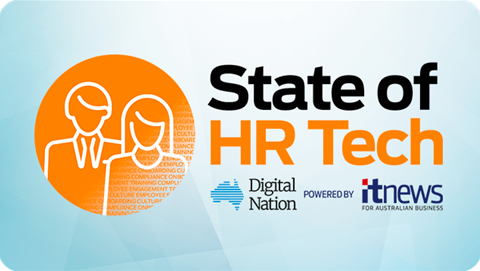The COVID driven surge of the e-learning sector in the last 18 months has seen widespread home schooling and working from home with organisations and individuals having to consider alternative forms of education.
Digital Nation spoke to Fiona Robertson partner at tech specialist bank North Ridge Partners to discuss the benefits of micro-learning, which has been enabled by the digitalisation of education.
“Micro-learning is taking snippets of courses and doing them in bite-sized chunks,” she says.
“If you think of a comparison, going to university, you do a three or four year degree, and you spend hours in the lecture halls and hours studying to complete assessments. Today it's literally snippets that you can do quickly on your computer, or in many cases, even on your smartphone.”
According to Robertson, micro-learning is providing an attractive, cost-effective and time-efficient opportunity for upskilling.
“A lot of people are able to pursue courses that can be quickly completed in paths that they never would have otherwise considered because the investment opportunity for themselves,” says Robertson.
“The amount of capital outlay that they would have otherwise had to forego is actually much smaller than the thousands of dollars that you have to put into a degree but equally you’re upskilling and rescaling in things that you want to be able to demonstrate.”
Professional development is one of the key areas where micro-learning has seen the most traction, says Robertson.
“If you are looking to enhance your skills in ethics training or something like that, you can quickly do small snippets of courses online, which help those people that are more office-based workers.”
“For doctors and nurses, what you also saw during COVID, particularly in the earliest stages, is individuals themselves being able to create through certain platforms, some courses that were five or 10 minutes, and it might have been how to effectively wash your hands. It might be a briefing on the latest developments of COVID. And you can apply that practically in the workforce.”


.png&h=140&w=231&c=1&s=0)
_(22).jpg&h=140&w=231&c=1&s=0)





_(26).jpg&w=100&c=1&s=0)

 iTnews Executive Retreat - Security Leaders Edition
iTnews Executive Retreat - Security Leaders Edition












_(1).jpg&h=140&w=231&c=1&s=0)



